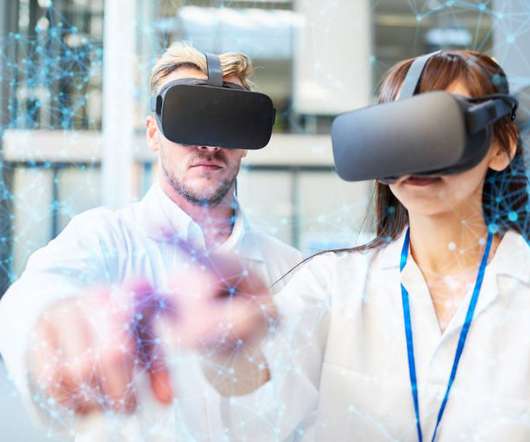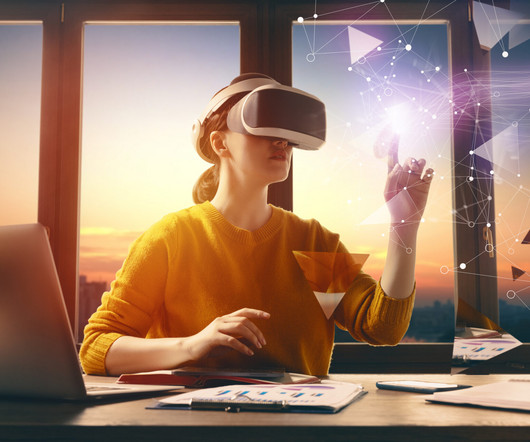Virtual reality and augmented reality: overhyped or new industry standard?
CLO Magazine
MAY 29, 2020
So why would we use VR or it’s little cousin, augmented reality, in our training? VR promises to do just that via a simulated environment. Within the simulated environment, the learner must make on-the-spot decisions and respond to real-time stimuli. The aviation industry began using simulated training as early as 1929.

















Let's personalize your content